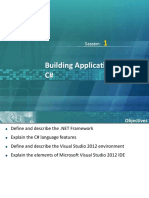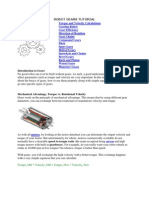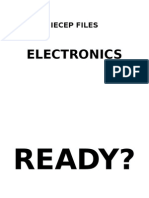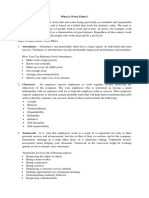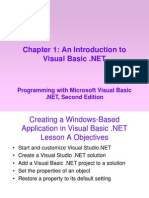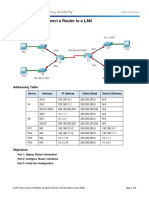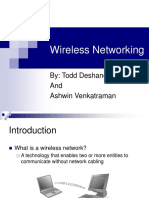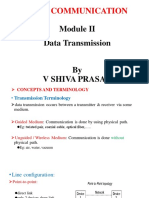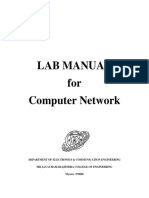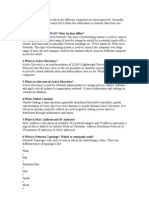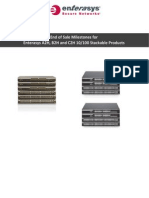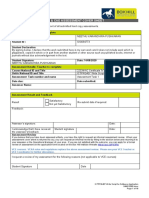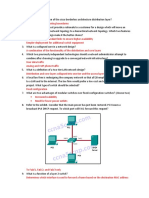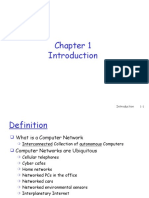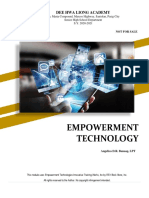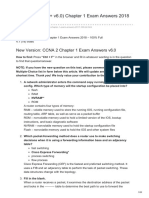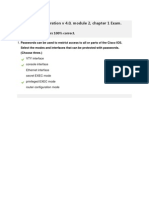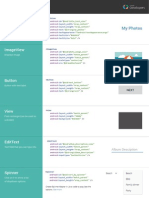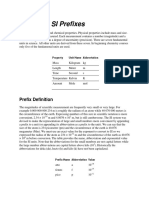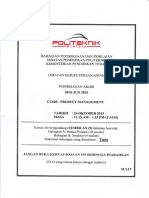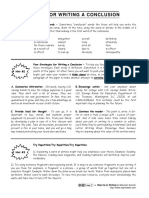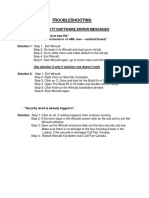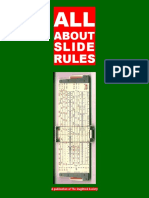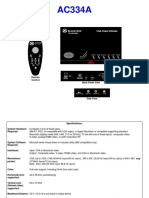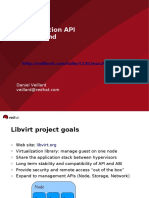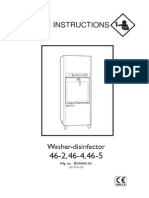0% found this document useful (0 votes)
676 views11 pagesChapter 1 Quiz - Internet Protocol, Architecture and Routing
This quiz covers content from Chapter 1 of the CCNA R&S Routing & Switching Essentials course. It contains 15 multiple choice questions to help students practice and prepare for the chapter exam. The quiz allows unlimited attempts and grades are not recorded. Some questions require opening a PT activity to configure devices before answering. Quizzes in this course use partial credit scoring to foster learning, while exams do not deduct points for incorrect answers.
Uploaded by
Adron LimCopyright
© © All Rights Reserved
We take content rights seriously. If you suspect this is your content, claim it here.
Available Formats
Download as PDF, TXT or read online on Scribd
0% found this document useful (0 votes)
676 views11 pagesChapter 1 Quiz - Internet Protocol, Architecture and Routing
This quiz covers content from Chapter 1 of the CCNA R&S Routing & Switching Essentials course. It contains 15 multiple choice questions to help students practice and prepare for the chapter exam. The quiz allows unlimited attempts and grades are not recorded. Some questions require opening a PT activity to configure devices before answering. Quizzes in this course use partial credit scoring to foster learning, while exams do not deduct points for incorrect answers.
Uploaded by
Adron LimCopyright
© © All Rights Reserved
We take content rights seriously. If you suspect this is your content, claim it here.
Available Formats
Download as PDF, TXT or read online on Scribd
/ 11
